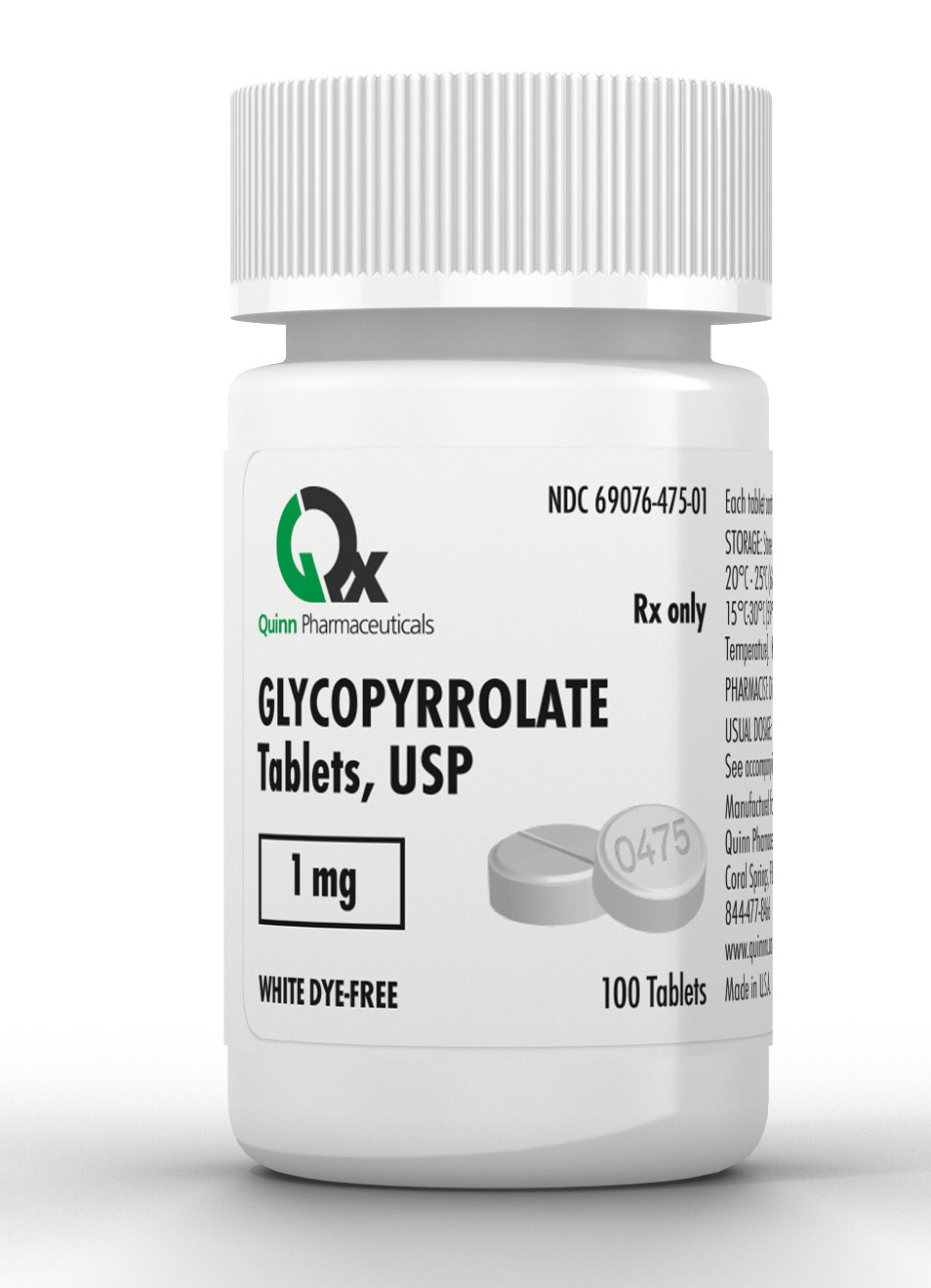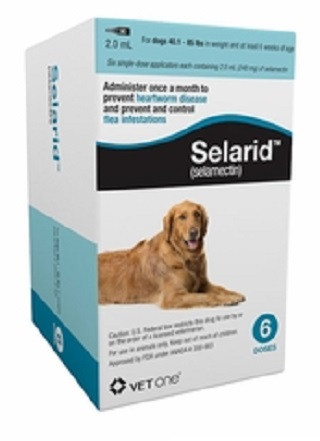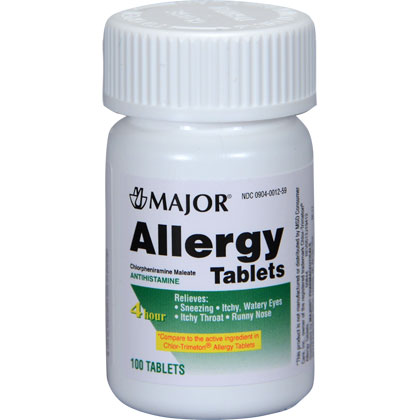

The dosage for chronic pain, for instance, might be different from the dosage used to treat acute pain. Veterinarians calculate tramadol dosages based on weight, but they also take into consideration other components of your dog’s health, such as pre-existing conditions and liver values, and the cause of the pain itself. Owners should never attempt to calculate the dosage of tramadol for their dogs without a veterinarian. As tempting as it might be to pop your dog a pill from a human tramadol prescription, remember that dosages for dogs differ greatly from those for humans, and giving your dog tramadol outside of the guidance of a veterinarian could result in a tramadol overdose. The only way to get tramadol for your dog is a prescription from your veterinarian. Tramadol requires a prescription and is a class 4 controlled substance. If you notice any of these symptoms, stop giving tramadol and call your veterinarian immediately. Here are the symptoms of a tramadol overdose that you need to be aware of: Sometimes dogs get into things that they should not, like medication, or well-meaning pet sitters or family members accidentally give dogs a higher dose than prescribed. These reactions range in severity, but play it safe and call your veterinarian if your dog experiences any of these tramadol side effects.Īdverse reactions aren’t the only thing owners need to worry about when it comes to medications. Most dogs tolerate tramadol well, as long as the dosage instructions are followed properly, but there are a few adverse reactions you should be aware of. Like most medications, tramadol has side effects. As a result, it is often used in conjunction with another drug, such as the NSAID carprofen (Rimadyl), or as an additional pain management strategy for chronic conditions. Instead, it alters the way the body perceives pain, giving the patient some relief. It does not treat the underlying cause of the pain. Tramadol does not have the anti-inflammatory properties associated with nonsteroidal anti-inflammatory drugs (NSAIDs).
Pet tabs plus for dogs side effects manual#
The Merck Veterinary Manual recommends using tramadol to treat “acute and chronic pain of moderate to severe intensity,” which could mean anything from helping your dog recover from surgery or as a way to help manage the pain associated with osteoarthritis when taken with other medications. Like most opioids, tramadol is used to treat pain. What Is Tramadol Used for in Veterinary Medicine?


In addition, tramadol inhibits the reuptake of norepinephrine and serotonin in the dog’s brain, which increases the level of these chemicals in the bloodstream, and creates that feeling of euphoria and well-being that human patients sometimes experience. Scientifically speaking, tramadol is a member of the opioid family, which means it alters the transmission and perception of pain in humans and animals. Physicians also frequently prescribe tramadol for human aches and pains, and it is one of the few human painkillers that is safe to give to dogs under the guidance of a veterinarian. Tramadol is a medication veterinarians commonly dispense to manage pain in dogs.


 0 kommentar(er)
0 kommentar(er)
